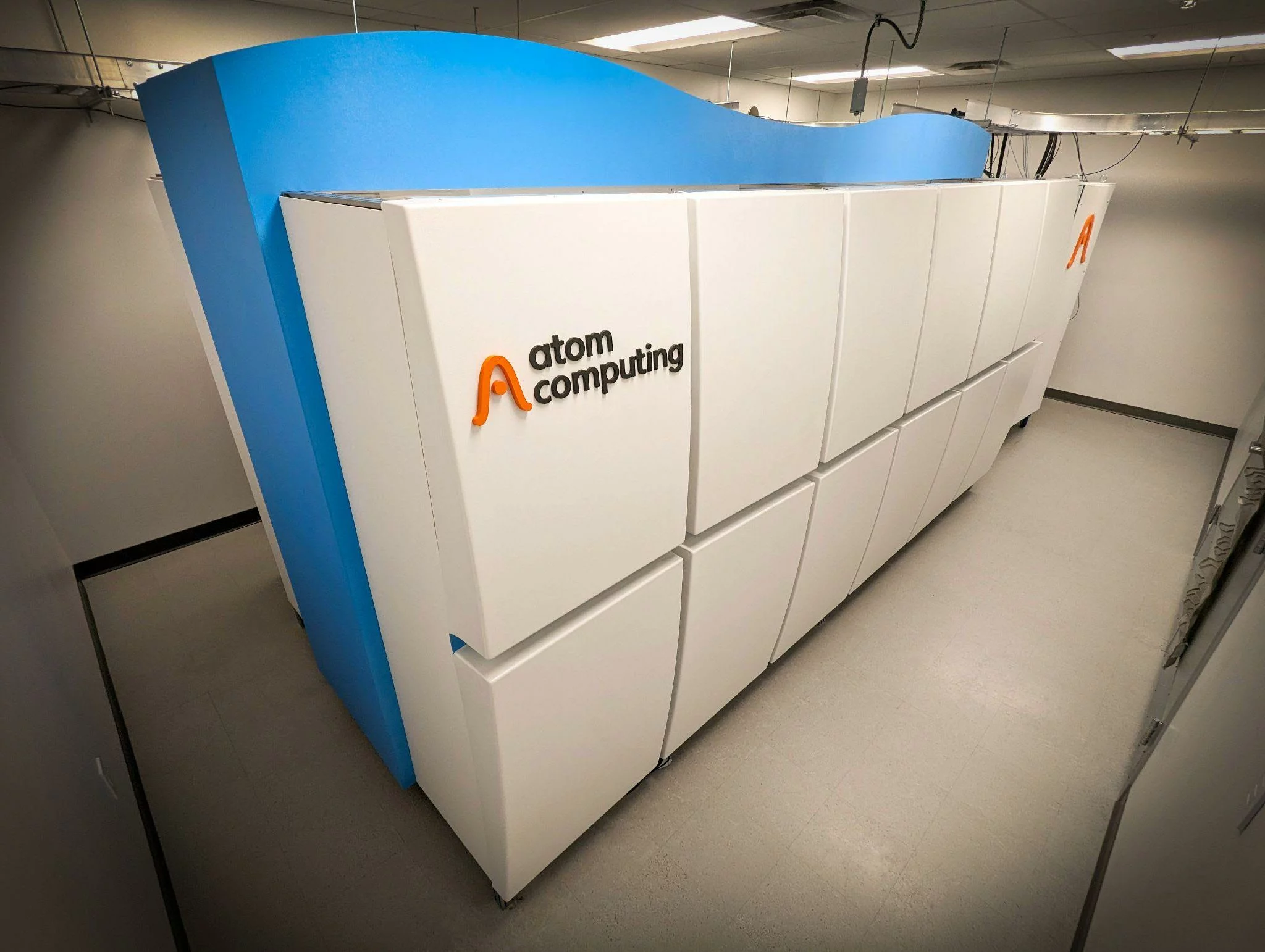Ben Bloom Returns as CEO of Atom Computing

Insider Brief
- Ben Bloom, the founder and former CEO of Atom Computing, will return to the top executive role at the quantum computing company.
- GovConWire reports that former CEO Rob Hays stepped down to pursue other opportunities.
- In addition to founding Atom Computing, Bloom also served at Rigetti Quantum Computing and Intel.
Ben Bloom, the founder and former CEO of Atom Computing, is set to return to the top executive role at the quantum computing company. According to GovConWire, this leadership change follows the departure of Rob Hays, who stepped down to pursue other opportunities.
Citing a recent company statement cited by GovConWire, Bloom will resume his role as CEO, overseeing technical innovation and leading engineering teams dedicated to developing quantum computing technologies based on neutral atoms. Atom Computing is working toward creating large-scale quantum computers, a mission that is central to the company’s vision, according to the company website.

Bloom is considered a pioneer quantum computing and his career began well before he founded Atom Computing in 2018. GovConWire reports that he previously served as a senior quantum engineer at Rigetti Quantum Computing. His earlier career also includes time at Intel, where he worked as a PTD module — a component within semiconductor manufacturing and development — and yield integration engineer.
A vital part of Atom Computing’s recent success, Bloom holds multiple U.S. patents and has served as author several scientific publications, according to GovConWire.
Atom Computing’s mission is to develop large-scale quantum computers that enable companies and researchers to achieve unprecedented computational breakthroughs.
Atom Computing uses atomic arrays of optically-trapped neutral atoms to build a 1,000-plus qubit system, a critical component for advanced quantum computing applications. In fact, the company is widely considered the first to reach the 1,000-qubit milestone, reporting last fall on its 1,225-site atomic array, populated with 1,180 qubits, in its next-generation quantum computing platform.
This system also boasts features such as long coherence times and support for mid-circuit measurement, which are essential for achieving fault tolerance and scalability.
